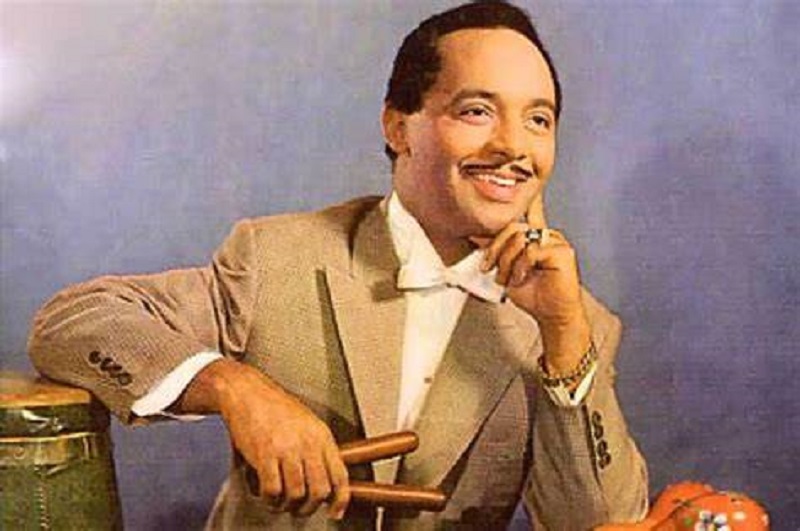Cuban musician and composer José Dámaso Pérez Prado died on September 14th, 1989 in the Mexican capital, leaving behind a prolific musical work that made him one of the most important musicians of the 20th century in Latin America.
Despite pressure from his parents to study medicine, Pérez Prado had a great inclination for music and began his classical piano studies at a very young age. He began his musical career in his hometown, Matanzas, in the Senén Suárez band. At the beginning of the 40s of the last century, Pérez moved to Havana and began a dream that gave him his nickname: The king of mambo.
On September 14th, 1989, the Cuban composer and musician Dámaso Pérez Prado died in Mexico, who came to be cataloged as the King of Mambo. He was born in December 1916 in #Matanzas .#Cuba @ErnestoSV8 @NelsyYamirka @RPolancoF @YaquedeCuba @alexrojas270 #Cuba pic.twitter.com/UIghKoHhrU
— Ventura Carballido Pupo (@PupoVentura) September 14, 2022
He was part of various groups including the Palau Brothers and Cubaney until 1946 when he founded his own orchestra, in which he would consolidate his piano and add various wind instruments, bass and Afro-Cuban percussion. Thus the mambo was born, and with it its characteristic dance.
However, he arrived in Mexico in 1949 and there he composed most of his best-known songs, some of which we present below along with data on the life and work of the excellent artist.
Patricia
In the theme Patricia, Pérez Prado introduces the organ in contemporary popular music and approaches rock.
Lupita
In 1951, the Golden Record award was instituted in Mexico and the Dámaso Pérez Prado group won the award for best orchestra
Que rico el mambo
In 1955 the North American Critics Association declared Pérez Prado’s orchestra the most popular of the year
Mambo #8
Dámaso Pérez Prado died on September 14, 1989 in Mexico. His mortal remains rest in the Panteón de Dolores in the cemetery of Mexico City.
Mambo #5
Ahhh uh! The repercussion of Dámaso Pérez Prado’s mambo reaches our days. A fact that demonstrated this was when the Japanese Akira Miyagawa presented a show in 2010, where his students from the Osaka Philharmonic Orchestra combined Beethoven’s Fifth Symphony with Pérez Prado’s Mambo Number 5.
Taken from Telesur
Translated by Gabriela Bringas Hernández
